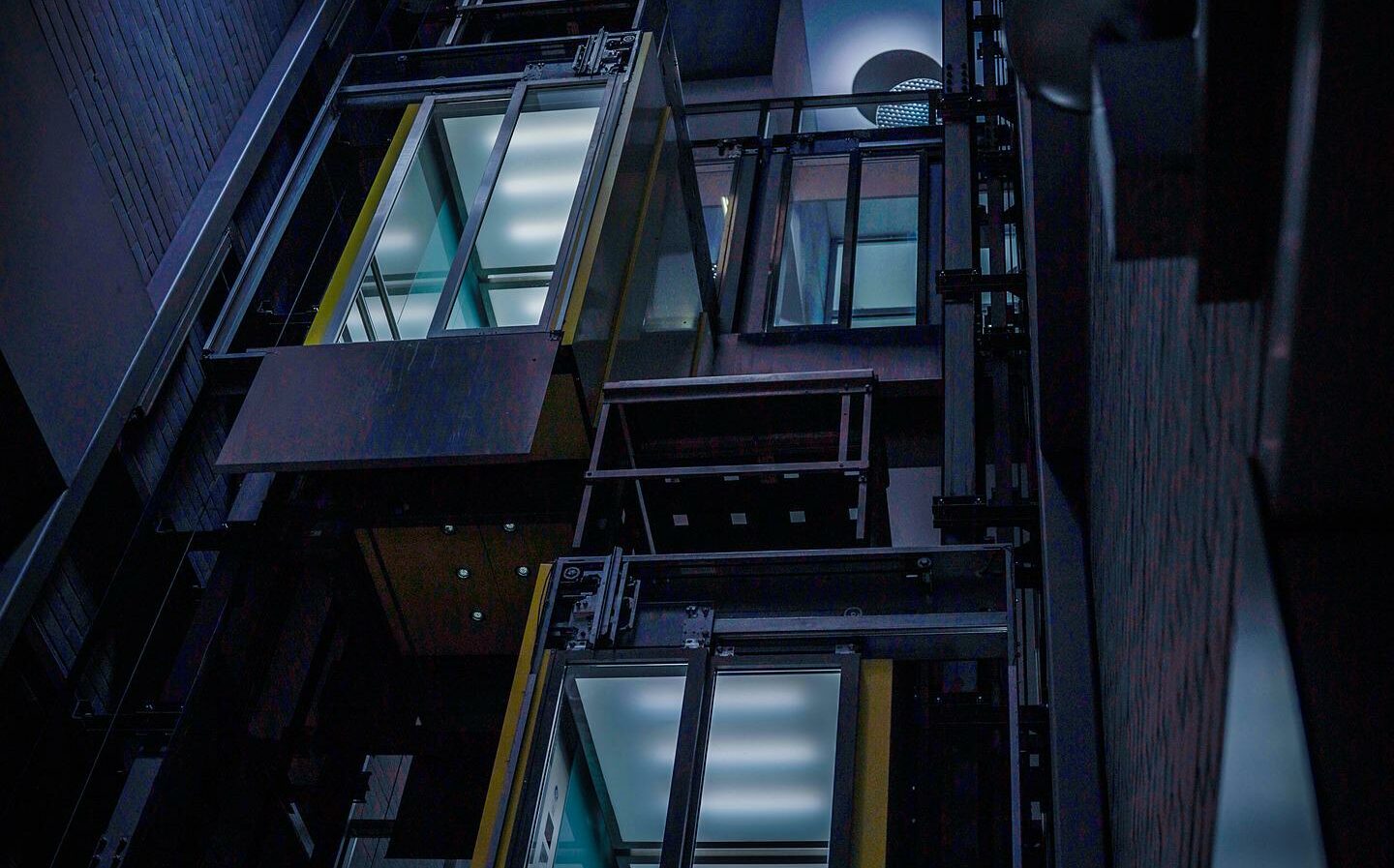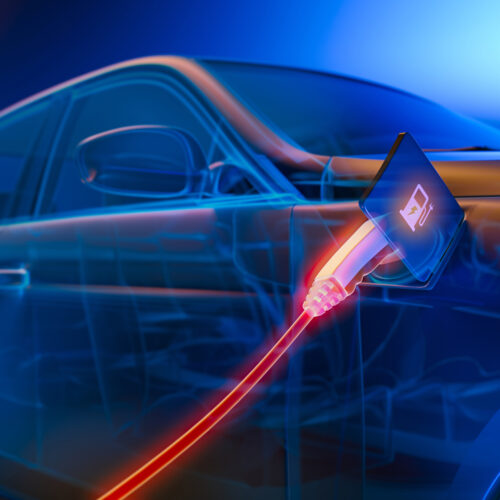Home elevators are an increasingly frequent element in interior design as well as a great support for the elderly or disabled. Unfortunately, motors installed in standard lifts and the necessary additional components for their functioning often require large machine room areas located at the bottom or top of the elevator shaft. Even current Machine Rool Less (MRL) designs are often not compact enough.
In large public buildings or housing associations it is not a problem to arrange a separate room that serves as a machine room and houses the necessary elements for the operation of a public elevator. Despite this even for such institutions using an elevator connected to an external engine room is associated with high costs. Elevators connected to the engine room require that electric and hydraulic hoses run through the wall from the engine room to the elevator hoist. The engine room in this type of elevator may require as much as 12 to 20 square feet. In addition, If the engine room is not adjacent to the lifts, a remote engine room is required.
The problem may be even greater in the design of a single-family house, where there is not enough space to allocate a large space to the machine and motor room and in the event of a malfunction, it may be necessary to rebuild the construction and connections of the lift too drastically.
The largest components in the machine room/ cabinet relate to the power electronics controlling the motor. With the latest technology advances, a new solution to the age-old space issue has become feasible. The solution being a suitable electronics module integrated into the motor. This combined motor/drive is ideally suited to small lift projects as this type of lift is designed to operate in relatively small buildings and narrow shafts. The design of these types of elevators is often elegant or has a homely character, so there is no room for bulky electronics.
The emergence of fully integrated module in home elevators
The elevator industry continues to evolve beyond the MRL to optimize Total Cost of Operations. It benefits from Fully Integrated Drives with all electronic components such as control, power inverter, sensors & data processing plus the motor combined into one unit.
The integrated drive system is located in the upper part of the shaft, does not require any additional headroom and frees up significant space in the Machine room or MRL area. It offers simplified installation, quiet operation and lower energy consumption.
Leading elevator companies are also offering predictive maintenance in order to reduce the overall downtime in elevators. The Integrated Drive allows much better remote access to direct data output & analysis than the vast majority of currently existing industrial drives.
We initially designed a compact, proprietary solution for use of in renewable energy applications. We now see increased demand from other markets, such as lifts in domestic buildings, where energy efficiency distributed systems and remote maintenance are needed.
Sven Koehler, CEO and co-founder
IoT integration as standard
A factor that is expected to hinder the growth of the IoT market in elevators is the substantial initial investment that is involved in the implementation of this technology in elevators. This large investment is expected to hamper the likelihood that sectors, especially such as residential will be willing to convert to IoT in elevators.
SiGaN has recognised the need for a more versatile Integrated drive with lowest cost of installation and operations. Here an installation comparison by Anerdgy:
New compact drive installation now using ordinary rather than shielded motor cables
Many integrated servo drives already exist for Extra Low Voltage systems. Leveraging, the very latest in semi-conductor technologies, we have been able to jump the hurdles of packaging a 400V DC drive into the necessary frame size, using passive cooling as well as achieving EMC compliance without shielded cables.
Peter Shaw, CTO and co-founder




